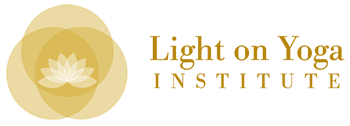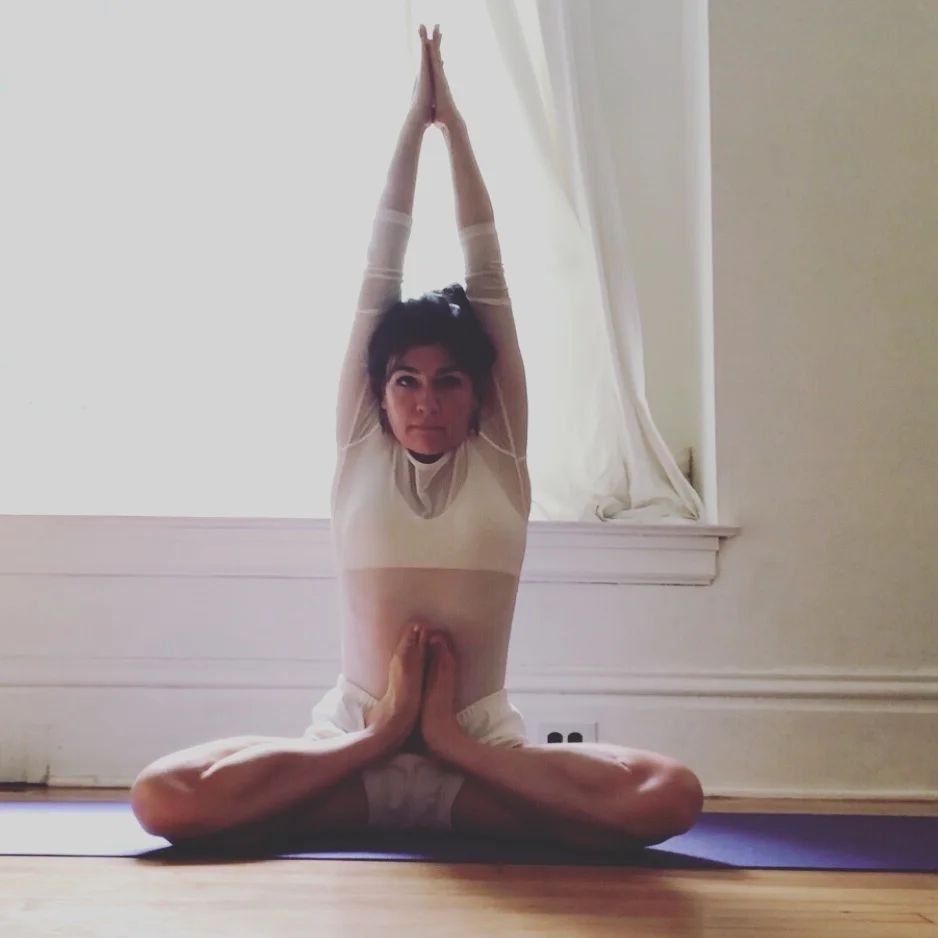“Without perspiration, nothing can come. We have to sweat and sweat. No art comes without sweating. Some people misunderstand or misrepresent [and say] that it does not require that strain. But no art will come to a person graced by the Divinity, without sweating...Art is immortal, but the artist is not immortal. I have given so that people who work with that intensity—that intellectual, mental and physical sweat— may go forward.” Yogācārya B.K.S. Iyengar, excerpt of an interview by Julie Adler, published in 25th year edition of Yoga Rahasya.
Memories surface at times during practice. A glimpse into teachings—recalling an instruction from a decade and a half ago, or a pose I saw Guruji BKS Iyengar practicing. As a child, i was gifted with a photographic memory. It made tests very easy as I could read the textbook pages in my mind’s eye during the examination. Later, that talent was dedicated into drawings and paintings. That gift is not as strong as in childhood but sometimes talent surfaces to help us on our path. Memory is imperfect. Practice is where we can struggle it out to uncover the truth or discover and learn something new altogether. I was blessed to learn from Manouso, starting when I was quite young, how to adjust and heal my body with Iyengar yoga practice. I have never thought of seeing a chiropractor or physical therapist. These split-leg backbends can be incredibly healing for hip and low back imbalances when practiced with alignment and skillful action (Iyengar Yoga). Someday I hope to teach these advanced poses that are therapeutic to share what i experience through practice to be healing.











